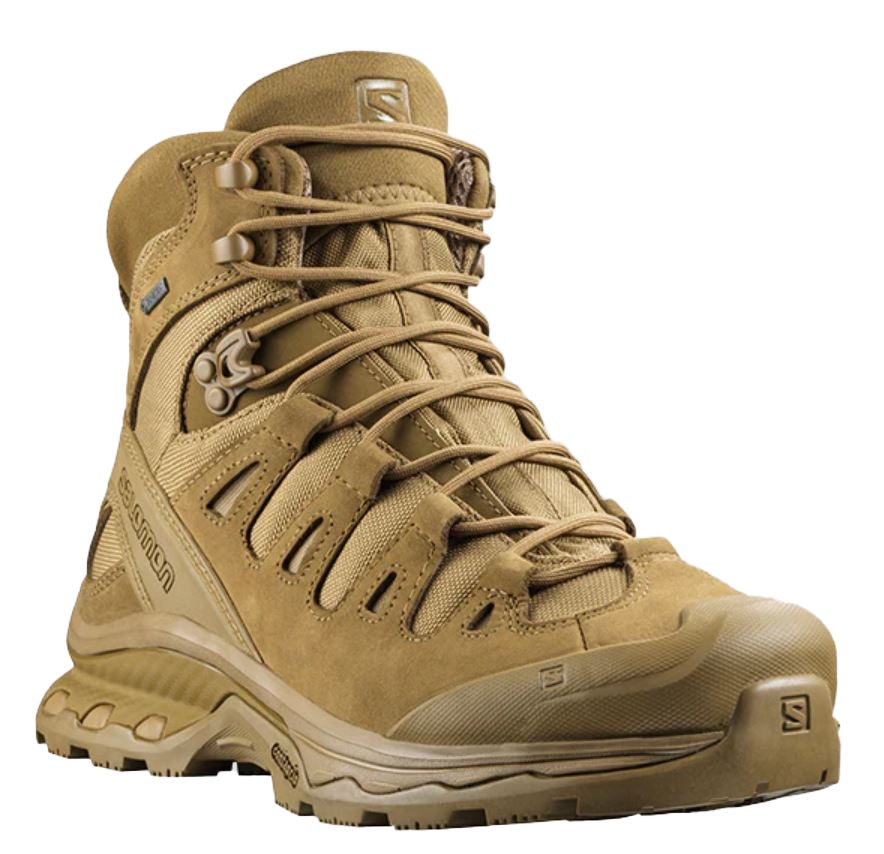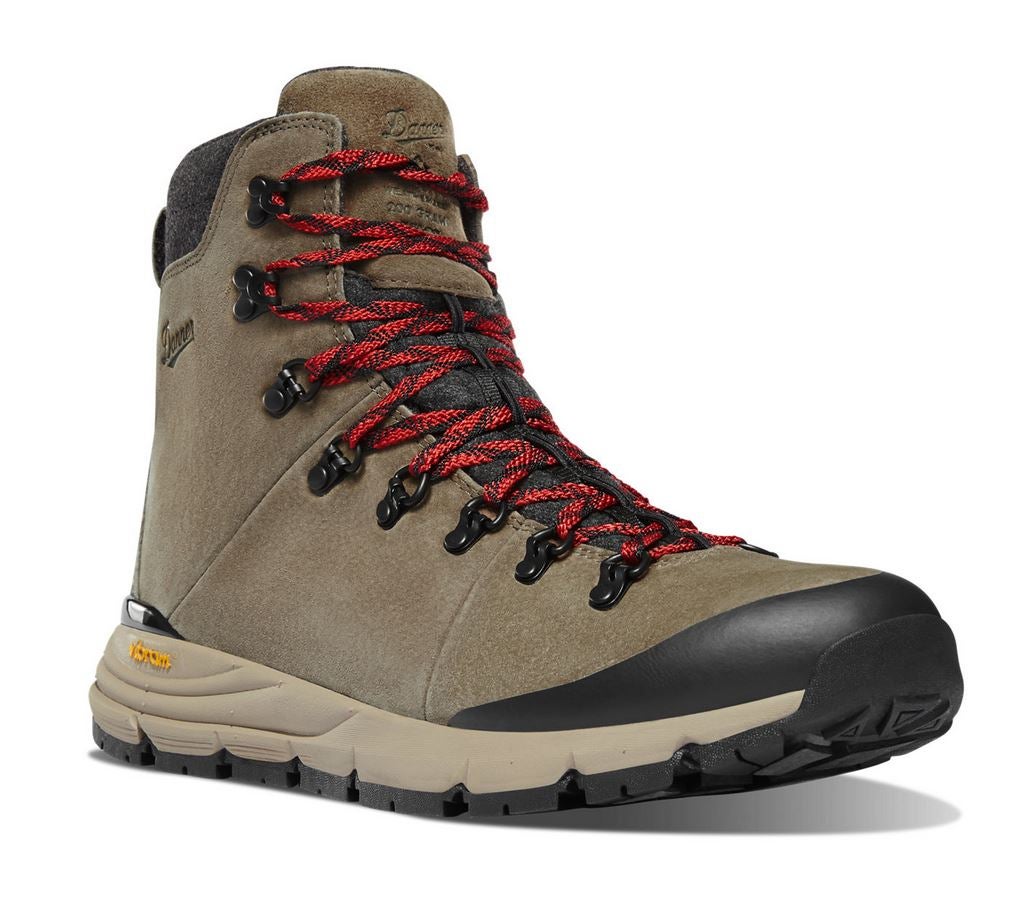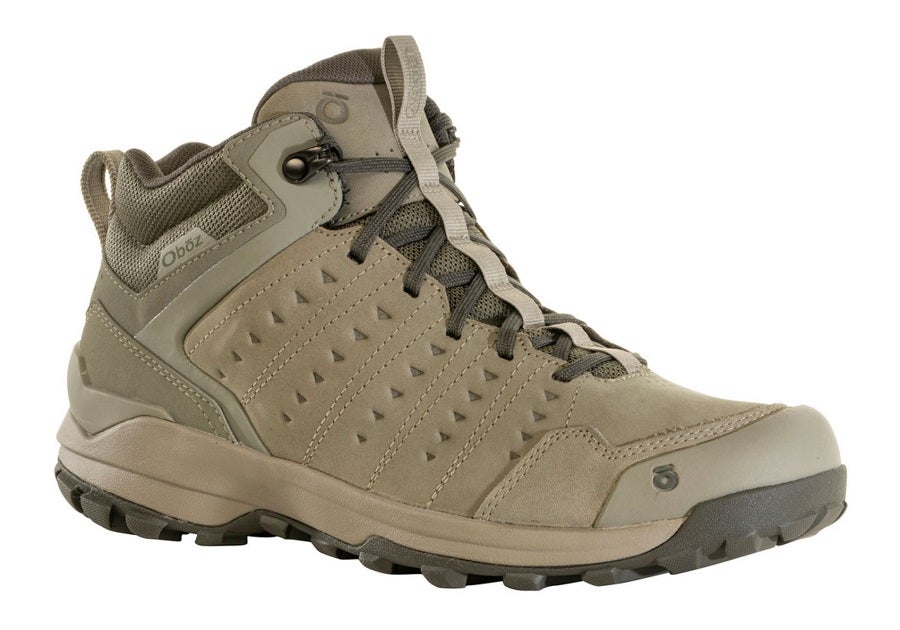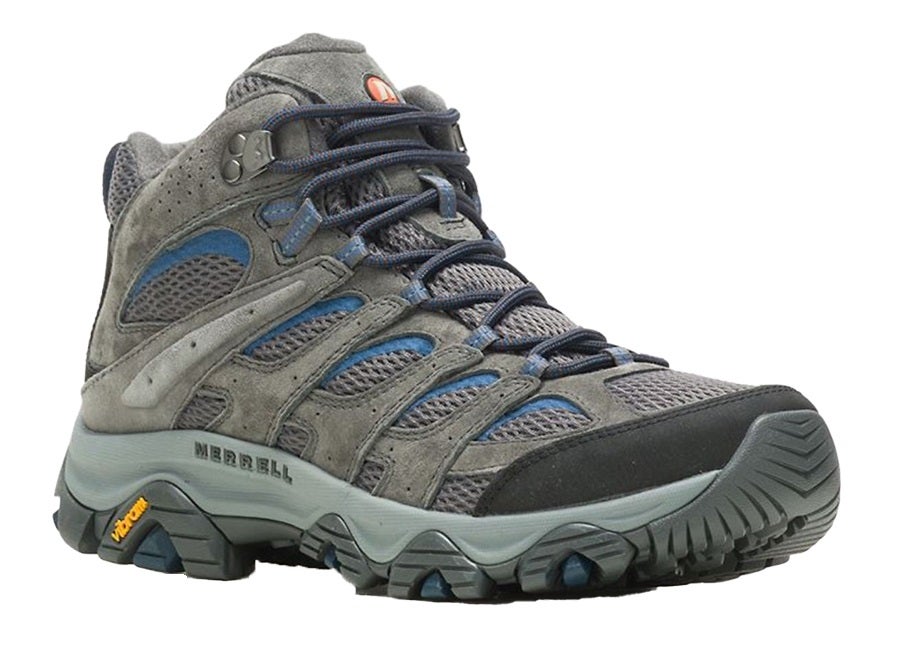AllOutdoor Review: The Best Hiking Boots (for the Money $$$) in 2023
Travis Olander 07.19.23

With the summer sun shining – and snow packs melting – it’s high time we got out on our favorite trails and logged some rocky miles, but your boots of yesteryear might be too worse for wear. We’re breaking down the best hiking boots of 2023, with top mentions by category. Let’s go!
Best Hiking Boots – Altra Lone Peak Hiker 2 (Best Light Boot)
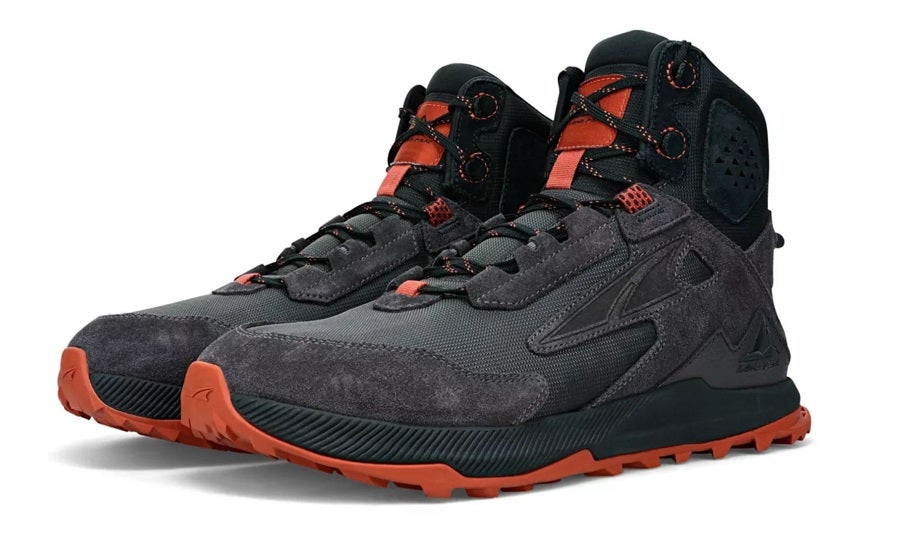
Altra revamped their mid-height Hiker, and the new 2.0 version provides that classic, flexible comfort the brand is known before while also providing some solid durability with a suede upper. Weighing in at around 1.25 to 1.33 pounds, the Lone Peak Hiker 2’s one of the most feathery light- to medium-duty trail boots you can find today.
A spacious toe box and no-drop footbed keeps comfort in mind, and the mid-height collar provides some ankle stability without feeling restrictive or heavy. Of course, such a svelte trail shoe sacrifices some traction and stability, and the Hiker 2’s not the best choice for rocky, technical trails or outright scrambling.
The Hiker 2’s also not waterproof, which contributes to its modest price tag (about $160 at publication). For its lightweight construction, the Hiker 2 can be a bit of a pain to don and off — you’ll probably wind up unlacing down to the toe, lest you struggle with this soft, bendy upper. In spite of its lack of waterproofing and somewhat squishy stability, the Hiker 2’s the boot to grab if you’re looking for the lightest hiking boot that’s still comfortable and somewhat supportive.
Best Hiking Boots – Salomon Quest 4D Forces 2 (Best Waterproof Summer)
I’ve got plenty of personal experience rocking the Quest 4D Forces 2: This boot’s my current go-to summer boot for hiking Utah’s various trails. The Forces 2 boot is surprisingly rugged and properly waterproofed up to the top of the tongue, yet it doesn’t feel heavy, or overly bulky.
It’s certainly not an ultra-light boot (like the Hiker 2) but it is dainty enough to scramble confidently and tackle loose, rocky terrain without feeling bogged down. Although the GTX version of this boot is said to provide extra insulation and dryness, I found the regular ole’ Forces 2 are plenty comfortable for hot- and brisk weather. They’re not airy, per se – no proper waterproof boot is – but they don’t cause excessive sweat and they ventilate well enough around the ankle for those hot, humid days.
Overall flexibility is great, and the construction has held up well to some pretty hectic climbs (like Mount Timpanogos, and Mount Olympus with snowpacks still abound). The welted rubber toe cap is prone to separating near the corners, but it’s purely aesthetic – easily fixed with some good ole’ shoe glue. I suffer flat feet, too, yet the Forces 2 boot’s been utterly comfortable over hundreds of miles of trails. At around $240, it’s not priced sky-high, and it’ll keep you reliably dry on those wet summer hikes.
Best Hiking Boots – Danner Arctic 600 Side-Zip (Best Waterproof Winter)
Just because it’s summer doesn’t mean you won’t encounter some cold stuff — especially at higher elevations. That’s where Danner’s Arctic 600 Side-Zipper comes in. Priced to compete with the Salomon Forces (at about $240 at publication), this suede-upper winter boot is, like the other entrants on our list, surprisingly lightweight for its insulation and waterproofing.
It’s stuffed with 200G Primaloft, a synthetic insulator rated for temperatures at low as 0 to 10 degrees (F). Of course, real-world conditions mean you’ll likely want to stick with temperatures above zero – but the warmth is aplenty for most snowy trails in the U.S.
An OrthoLite liner provides good support from heel to toe, and the Vibram midsole’s a well-proven rubberized construct that can handle temperature cycles and plenty of miles without cracking or fatiguing. The advertised “Arctic Grip AT” is an all-rubber tread made of a softer compound, so it probably won’t do too well if you decide to slap these on for any hikes above freezing temperatures.
But, overall, solid mid-height ankle support, decent insulation, reliable waterproofing, and plenty of cold-weather grip weighing in at around 2 lbs., 13 oz. make the Arctic 600 a mid-grade boot that won’t break your mountaineering budget.
Best Hiking Boots – Oboz Sypes Mid-Leather (Best Low-Ankle Boot)
If you like the occasional downhill scramble — or outright trail run — but you still want a boot that can handle some technical stuff, the Oboz Sypes Mid-Leather is a great compromise. Oboz’s “O FIT” insole provides a molded fit with a tucked heel pocket that provides shoe-like fitment. Coupled with a PU midsole and super flexible outsole with an isolated lug pattern, the Sypes is an incredibly agile, light (and waterproof) low-ankle boot built for speed.
Soft petroleum foam with modest arch support helps stop overpronation when you’re rolling along at a brisk pace or jog, and the flared and roled ankles provide high range of motion for wide gaits and uneven terrain.
Keeping with the spirit of speed, the Sypes weigh in at a miniscule 16.6 ounces, making them lighter than even the Hiker 2s (though these are more akin to a running shoe than a proper trail boot). The gusseted tongue is, unfortunately, not waterproof up to the ankle, either – you’ll still get waterlogged if you step in any wet stuff above the laces. But at around $160 at publication, the well-liked Sypes are the go-to boot for low-ankle agility and stable speed on your local light trails.
Best Hiking Boots – Merrell Moab 3 Mid (Best Budget Boot)
Coming in under $150, the Moab 3 Mid from Merrell is an excellent budget-entry, all-around hiking boot for newcomers and frugal veterans alike. It’s a balanced boot, with decent traction, effective waterproofing (thanks to a proper integrated membrane), and acceptable comfort.
The Moab 3’s not a specialty boot. It’s not destined for ultralight footwork nor alpine ascensions. Nor is it festooned with expensive acronyms and jargon-filled features. It’s just a good boot, priced right. I started out with a pair of Moab 3s. I wore them for approximately 800 hard, all-season miles – til the amount of shoe glue required to keep the toe cap and tread edges in place became offensive.
Are the Moab 3’s going to last you a lifetime? No. But as far as range and capability are concerned, will you get more out of this value-priced boot than arguably any other entrant on this list? Yes. The Moab 3’s weight, insole and outsole, ankle height and overall construction make it well-rounded for just about every backwood adventure you can pursue. Out-of-the-box comfort is high, with little break-in required. The lace system’s nothing inspiring, but it works just fine, and I never had an eyelet or loop tear or fray.
There’s sufficient room in the toe box, the heel’s molded well enough to prevent slippage, and the insole provides decent support. Breathability is, however, mediocre – something to keep in mind if you’re hitting deserts or sandy dunes. And are these the lightest all-duty boots? At 2 pounds, 2 ounces, they’re not exactly svelte. But they’re not clown shoes, and they get the job done with surprisingly high comfort and traction.
